Description
Trident Audio A-Range Dual Channel Strip
The Trident Audio A-Range is a 2-channel rack-mountable version of the legendary Trident ‘A’ Range console. Comprising two independent channels, each with a microphone/line amplifier and four-band equalizer, it is designed to process level instrument and incoming signals from a microphone or line-level instrument and output to a recording device, such as a digital audio workstation or analog multi-track tape recorder.
Download the A-Range 19″ Dual Channel Strip manual here.
In 1972 Trident Studios decided to buy a new recording console and decided to build one themselves. The first console was designed purely for Trident Studios and was designated the A-Range. It was hand-built to the standards Trident set. In those days, the integrated circuit (or ‘chip’) had not been invented, so all of the circuits used individual transistors (known nowadays as ‘discrete’ design). This and the use of inductors in the lower and upper mid equalizer sections are said to account for much of the unique sound of the A-Range. From this first successful design was born Trident Audio Developments Ltd, which went on to become a leading manufacturer of music recording consoles. One of the company’s earliest advertising slogans was ‘designed by recording engineers for recording engineers’. This became a key component of what made the ‘Trident Sound’ unique.
The 2-channel A-Range rack unit is an exact replica of the original all-discrete transistor circuitry and faithfully follows the original console’s design. So much so that it has taken three years of circuit analysis and testing by PMI Audio Group who undertook the mammoth task of recreating the circuitry. Trident Audio Developments and PMI Audio are extremely pleased and proud to offer this unique piece of recording history. Only thirteen A-Range consoles were ever built and a number are still in use today despite being nearly forty years old. This says a lot about the heritage of these iconic items of recording equipment and the artists that have used them, which include Elton John, Dire Straits, David Bowie, Rod Stewart and Stevie Wonder to name but a few.
The Original Trident A-Range Console
Trident was undoubtedly positioned at the pinnacle of UK recording desks during the golden years of rock. Trident’s designs have certainly made an indelible impact on the sound of record-making that is nearly impossible to gauge. The desks made for Trident Studios, and other studios fortunate enough to acquire them, were legendary in breakthrough flexibility and huge sound. During this time period, every record made on a Trident desk was uniquely and quite positively altered by the sonic imprint of their distinctive designs.
With only 13 consoles ever built of this model, the Trident A-Range has attained near-mythic status in the professional recording industry—particularly noted for its fantastic preamps and unusual and colorful EQ. It is interesting to note that the original desks all came in the beautiful aubergine (“eggplant”) color, which was ultimately selected by legendary producer Roy Thomas Baker.
A-Range History
The first Trident A-Range console was originally built by and for Trident Studios in 1971. When word spread about this revolutionary new multitrack recording console design, other studios became interested. In 1972, Trident Audio Developments was formed, and consoles were soon delivered. Later orders also started pouring in from America. Cherokee Studios in Los Angeles was an early recipient of one of the first production models and ultimately purchased four new desks from Trident. David Bowie, Rod Stewart, and Frank Sinatra are among the first artists to record hits on Cherokee’s first A-Range console.
East-West Studios, formerly Cello, still operates its original A-Range in Studio 3. The smallest but arguably the most famous of their studios, the design of Studio 3 has been copied over and over by recording studios across the globe. Some of the most iconic hits of the 60s were born there. The Mamas and the Papas recorded “California Dreaming” and “Monday, Monday” in this studio, along with Scott McKenzie’s classic “San Francisco”. But one album recorded here stands above all the rest – The Beach Boy’s 1966 masterpiece Pet Sounds.
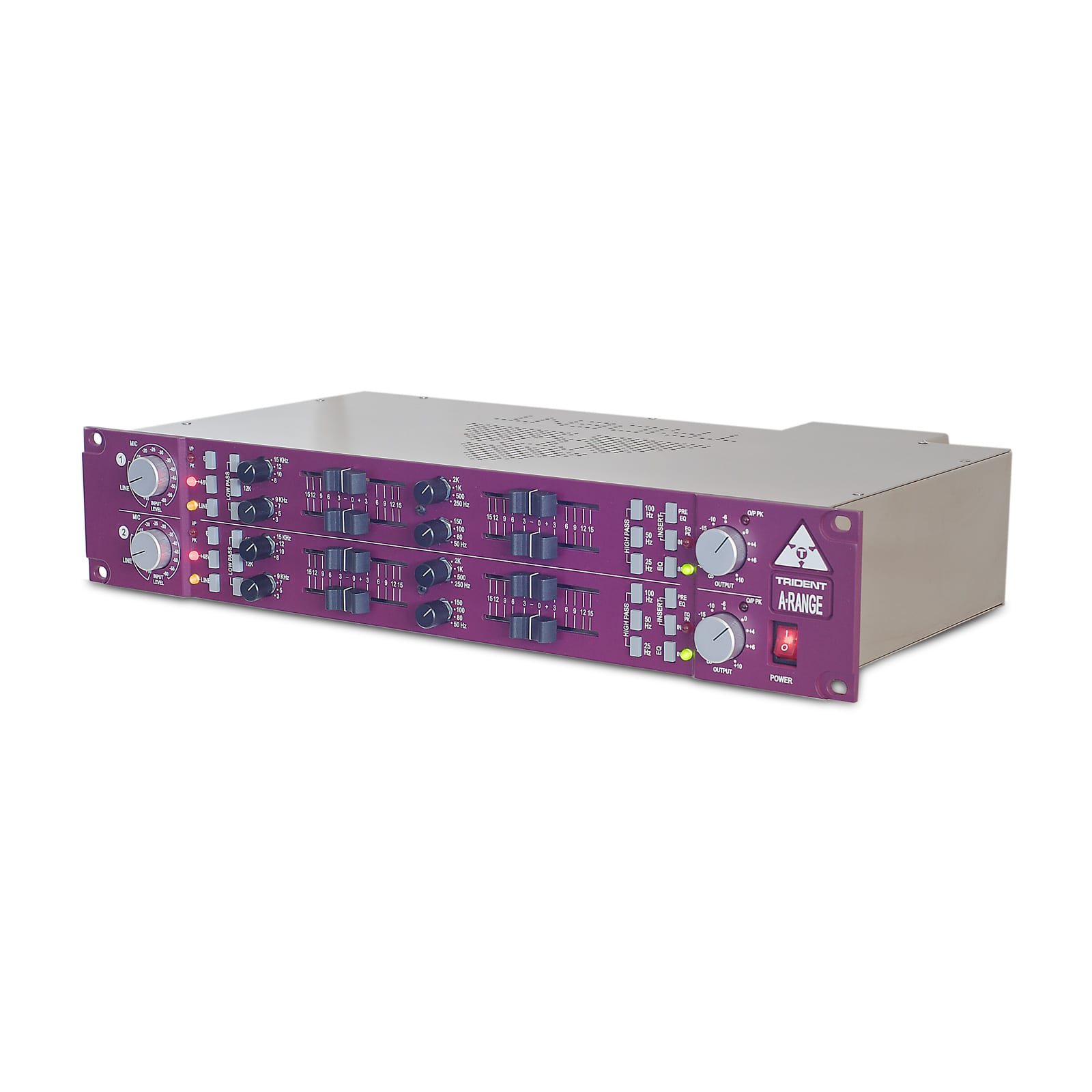





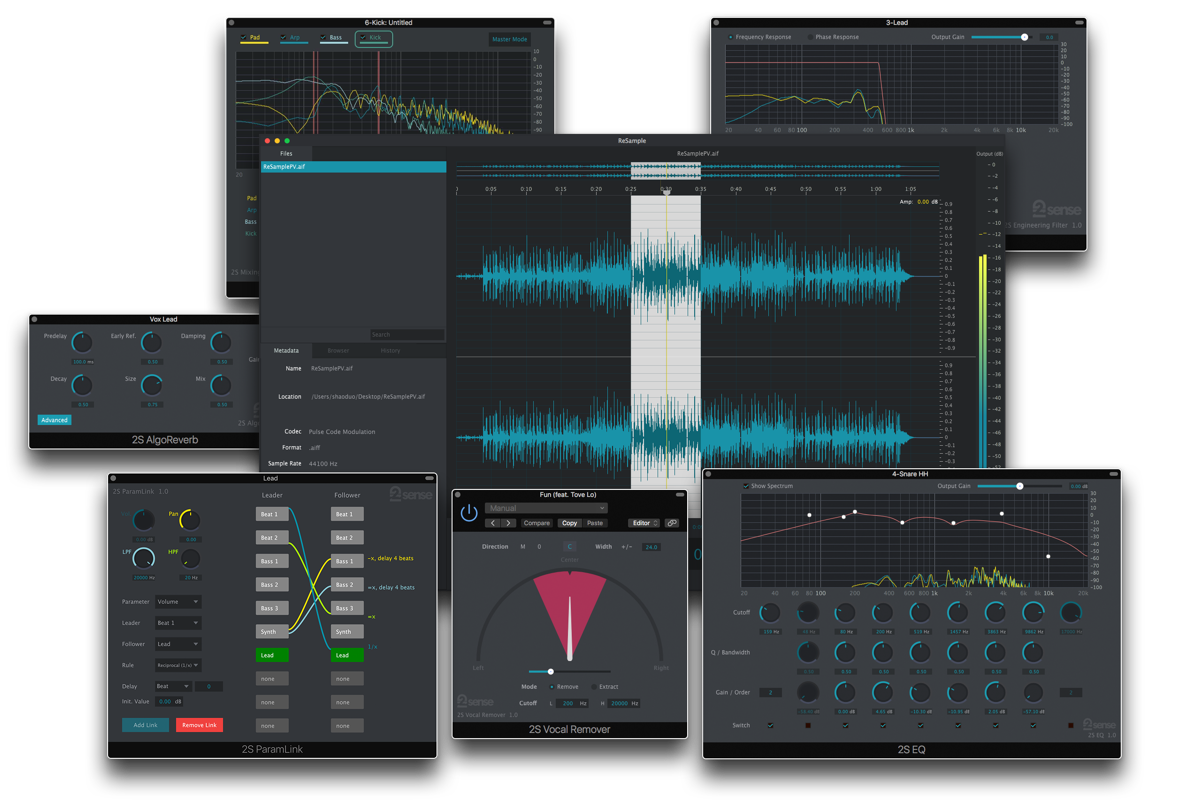
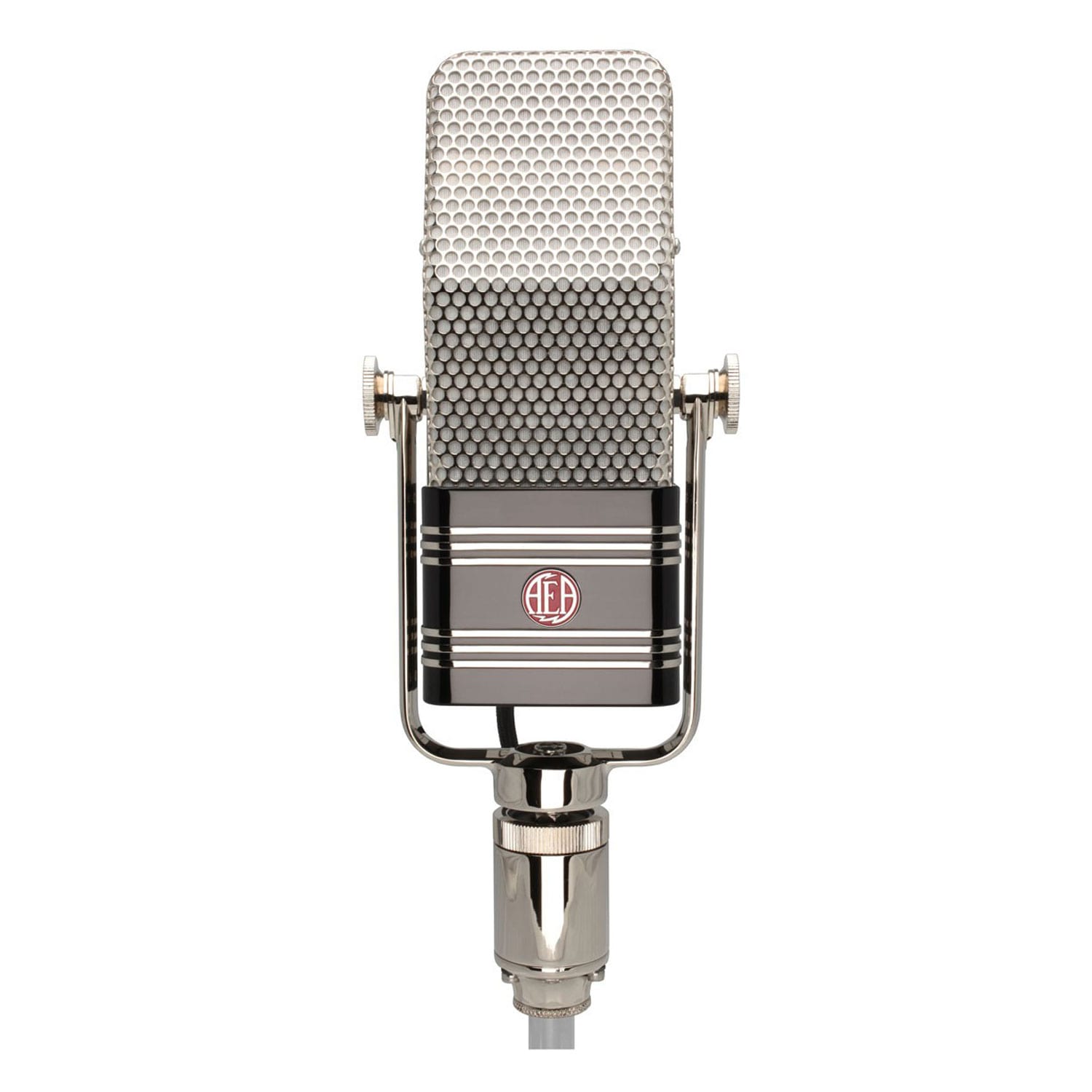

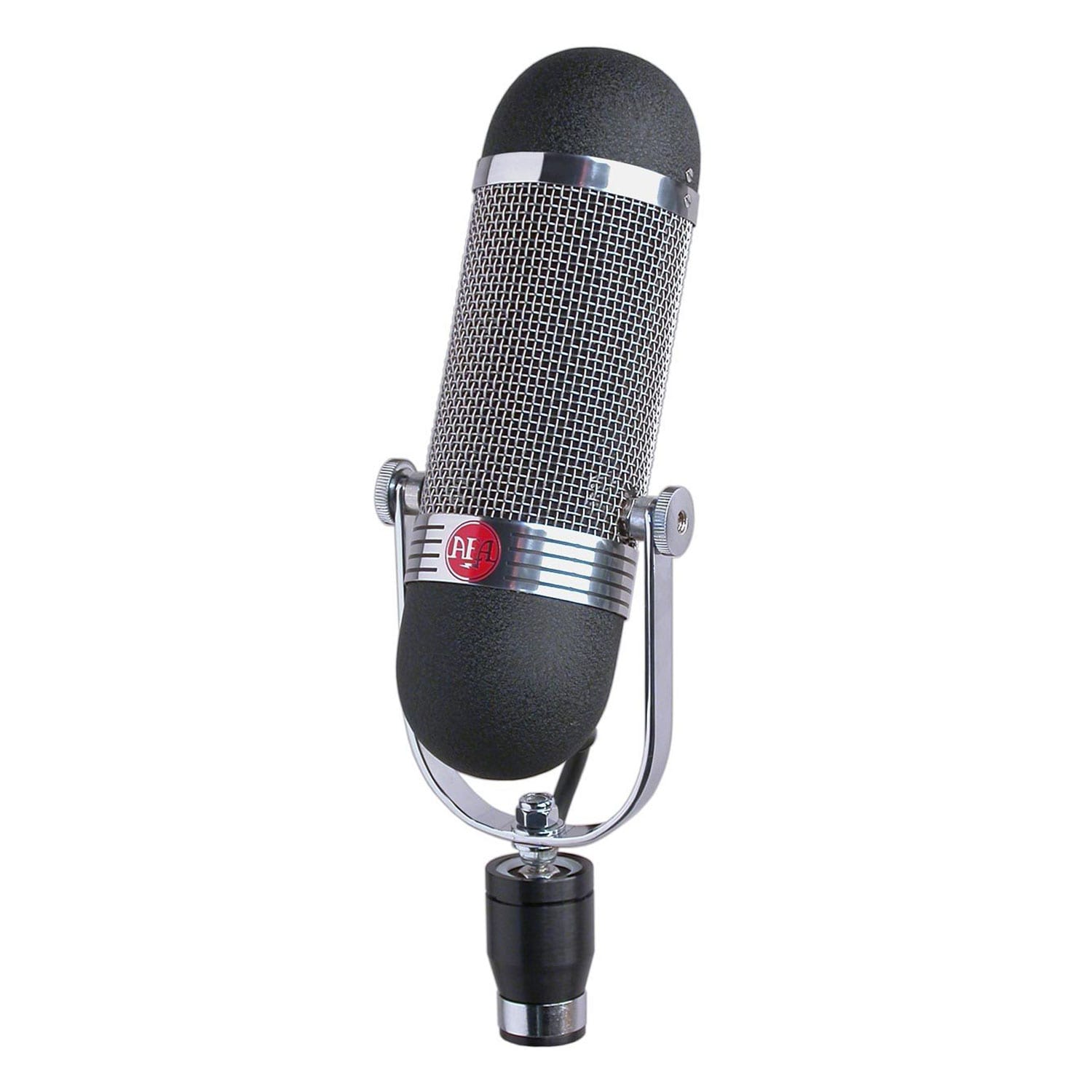

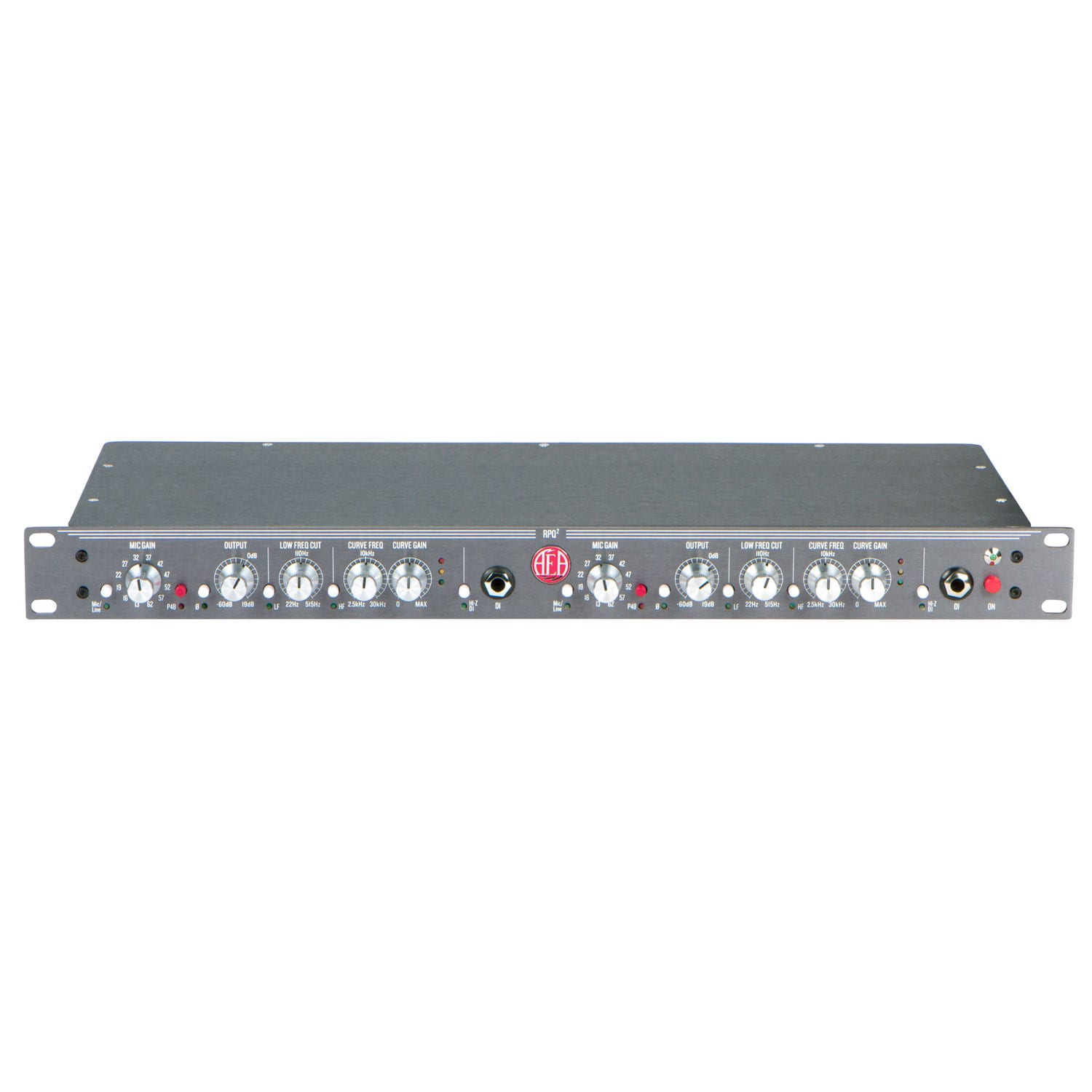

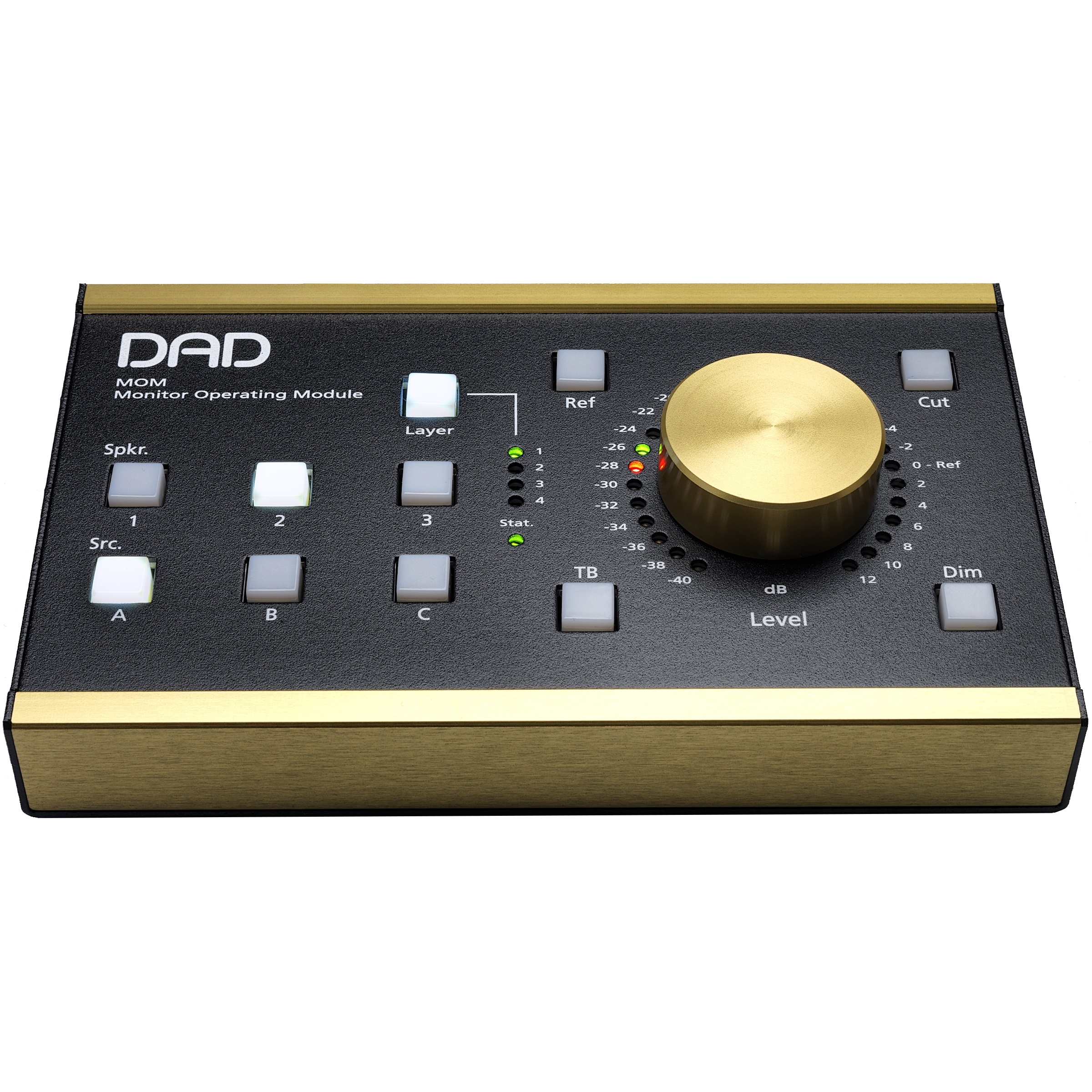
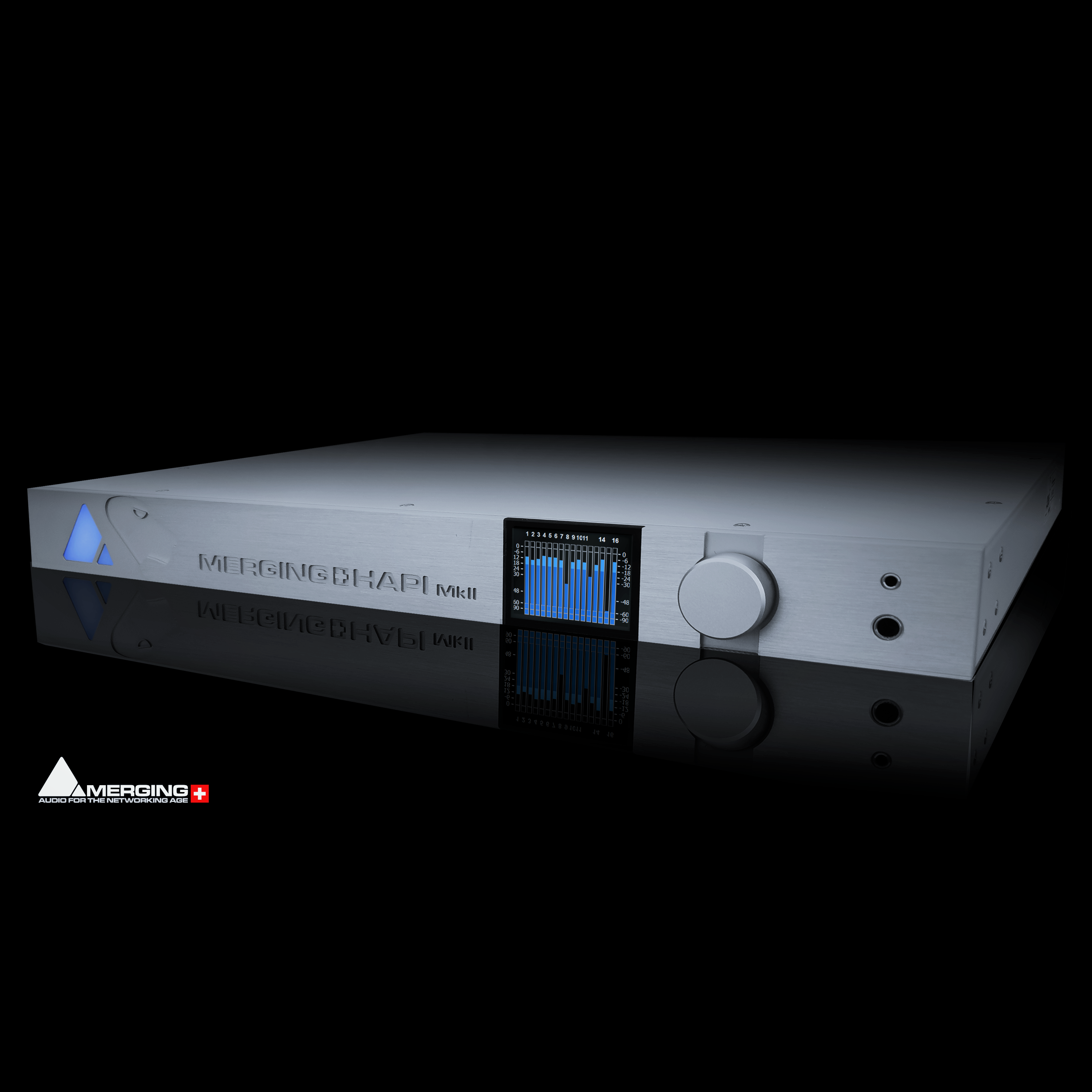

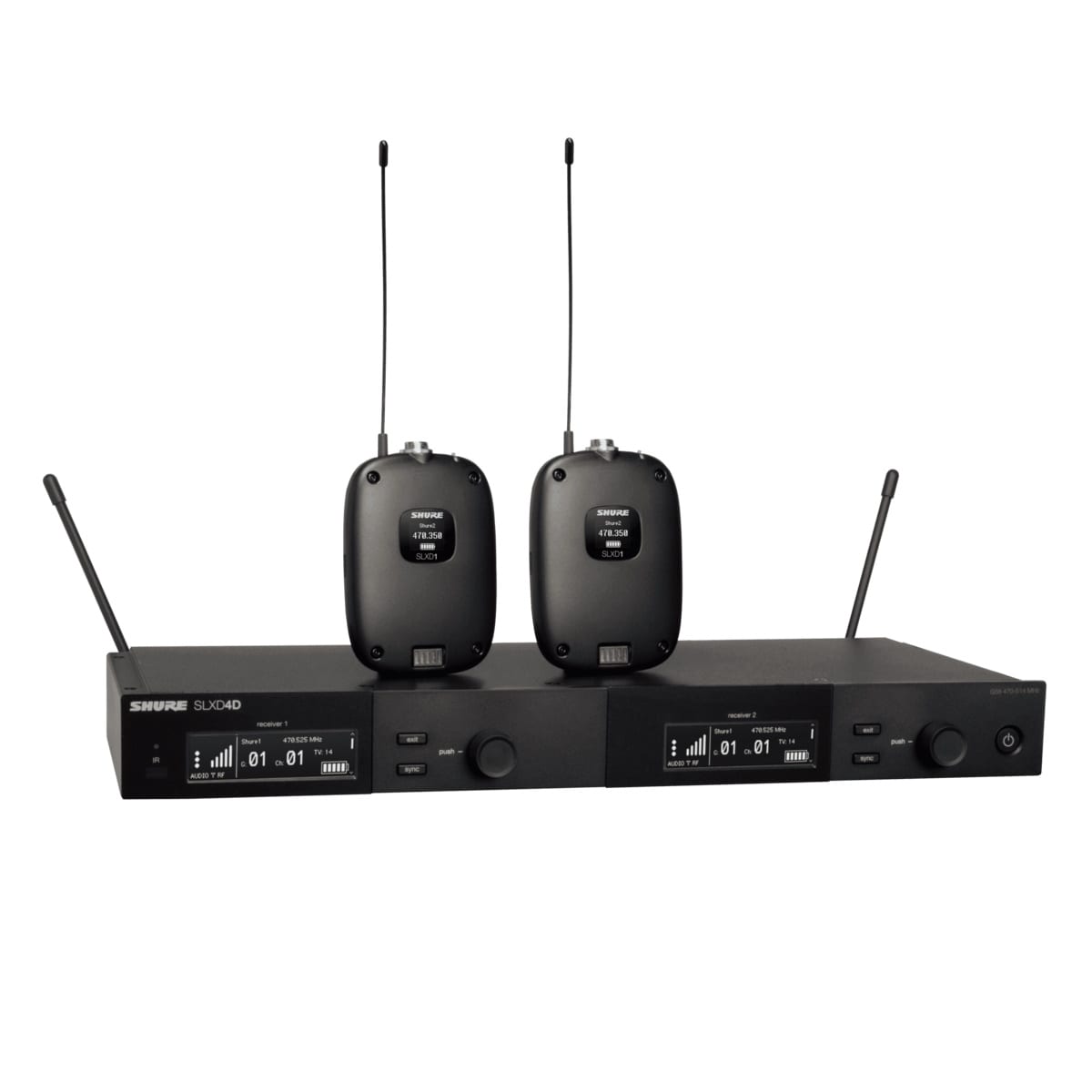
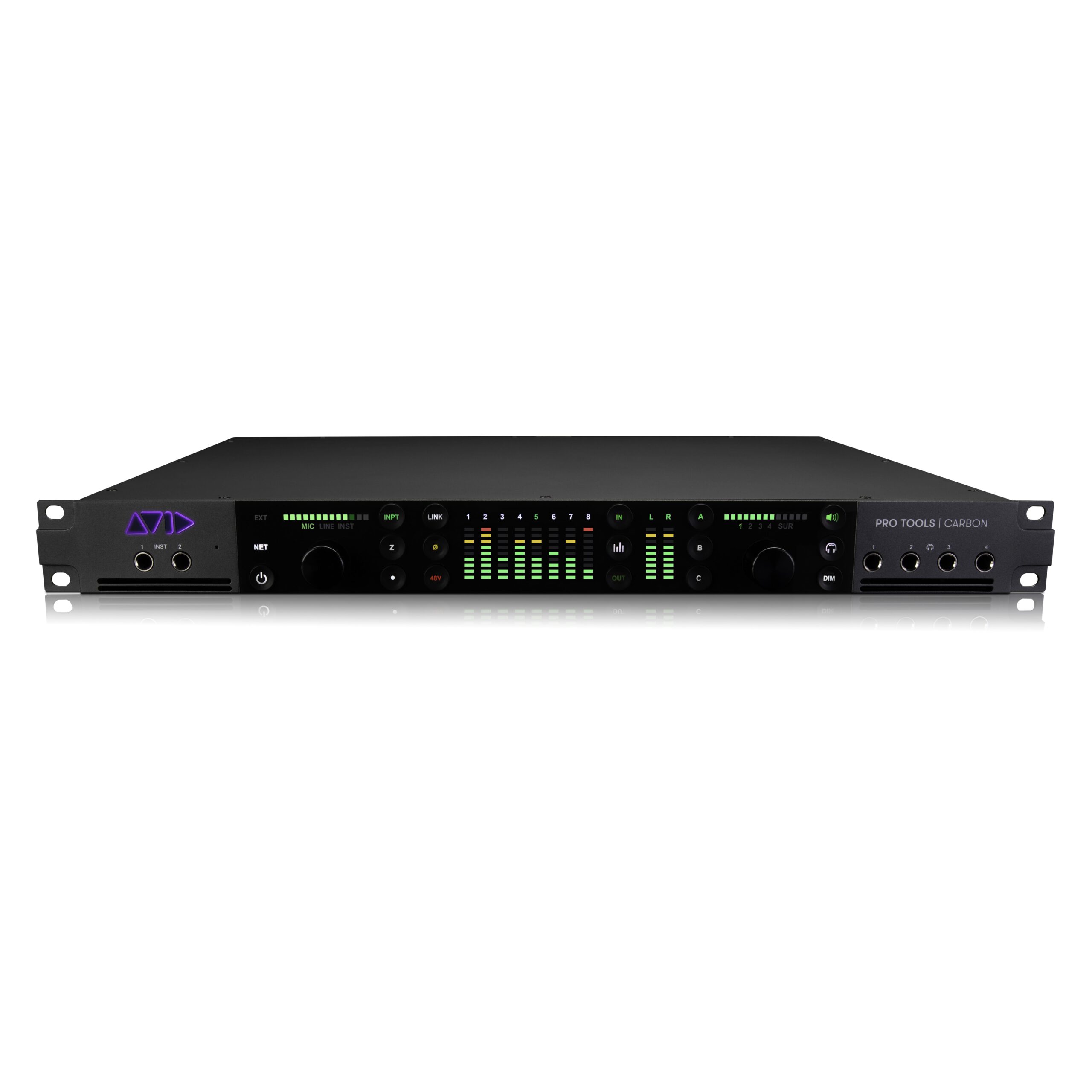
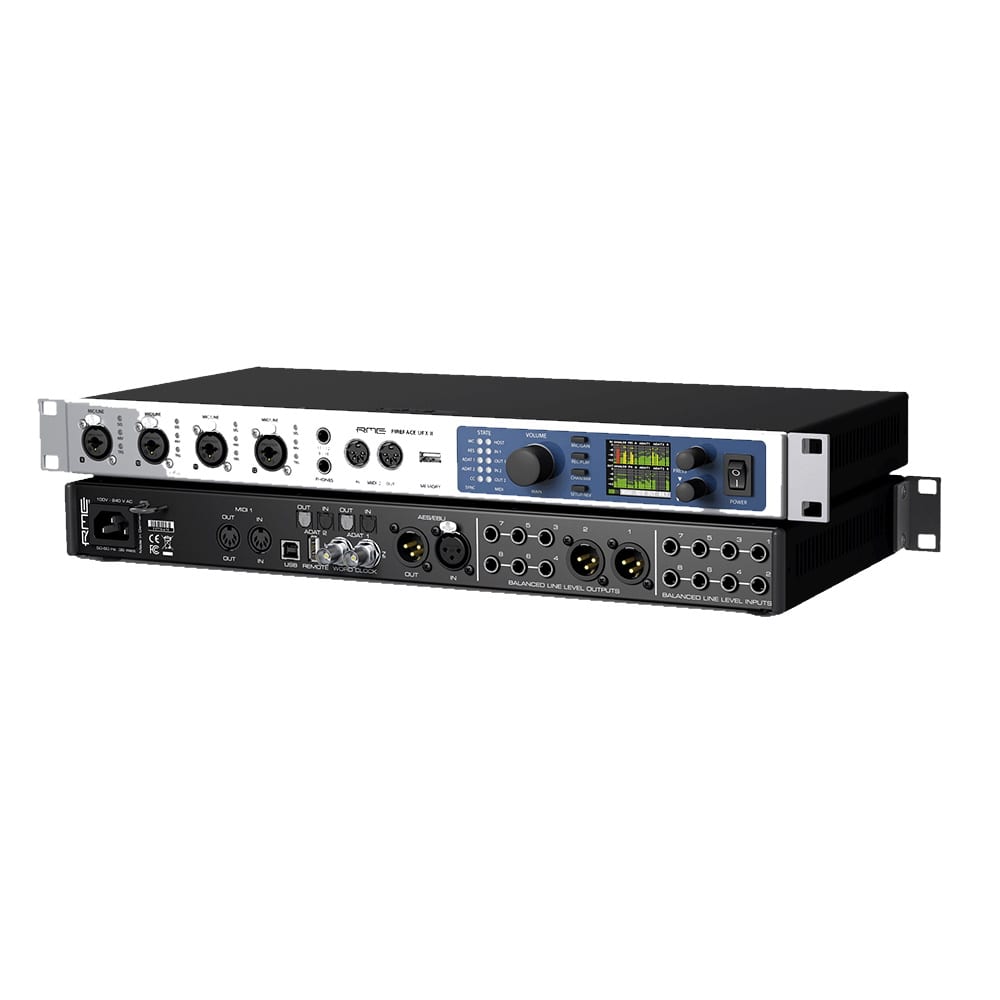
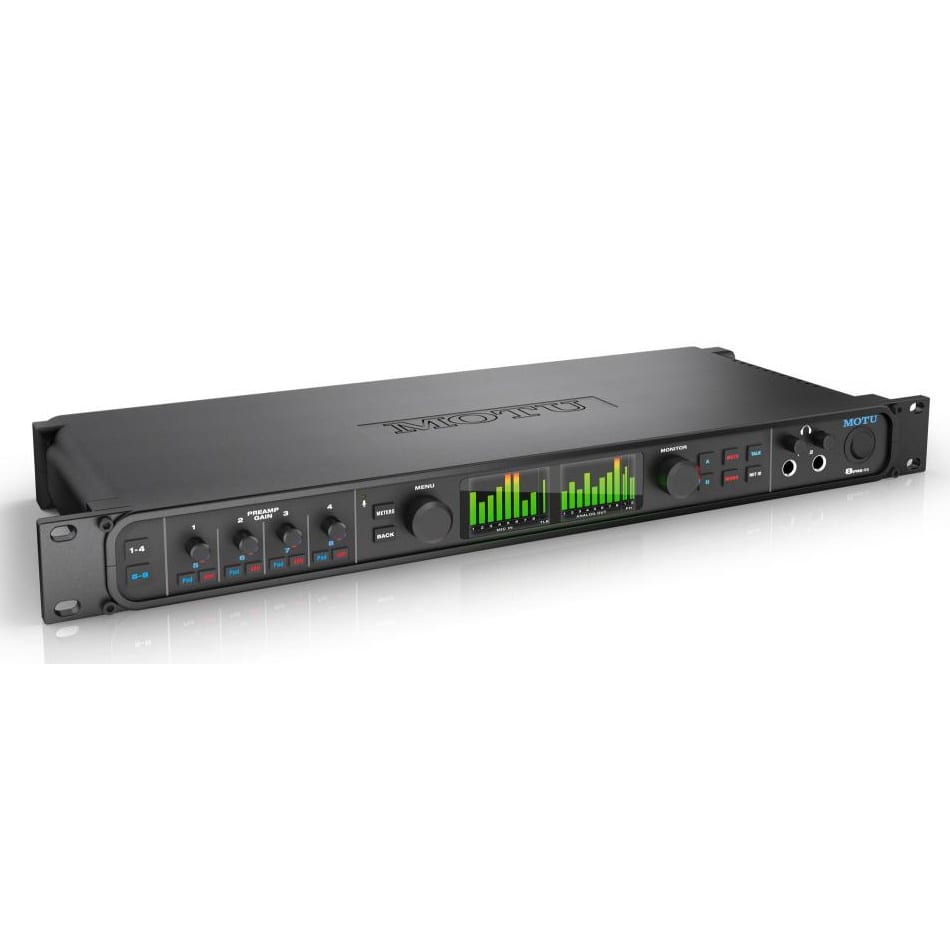
Reviews
There are no reviews yet.